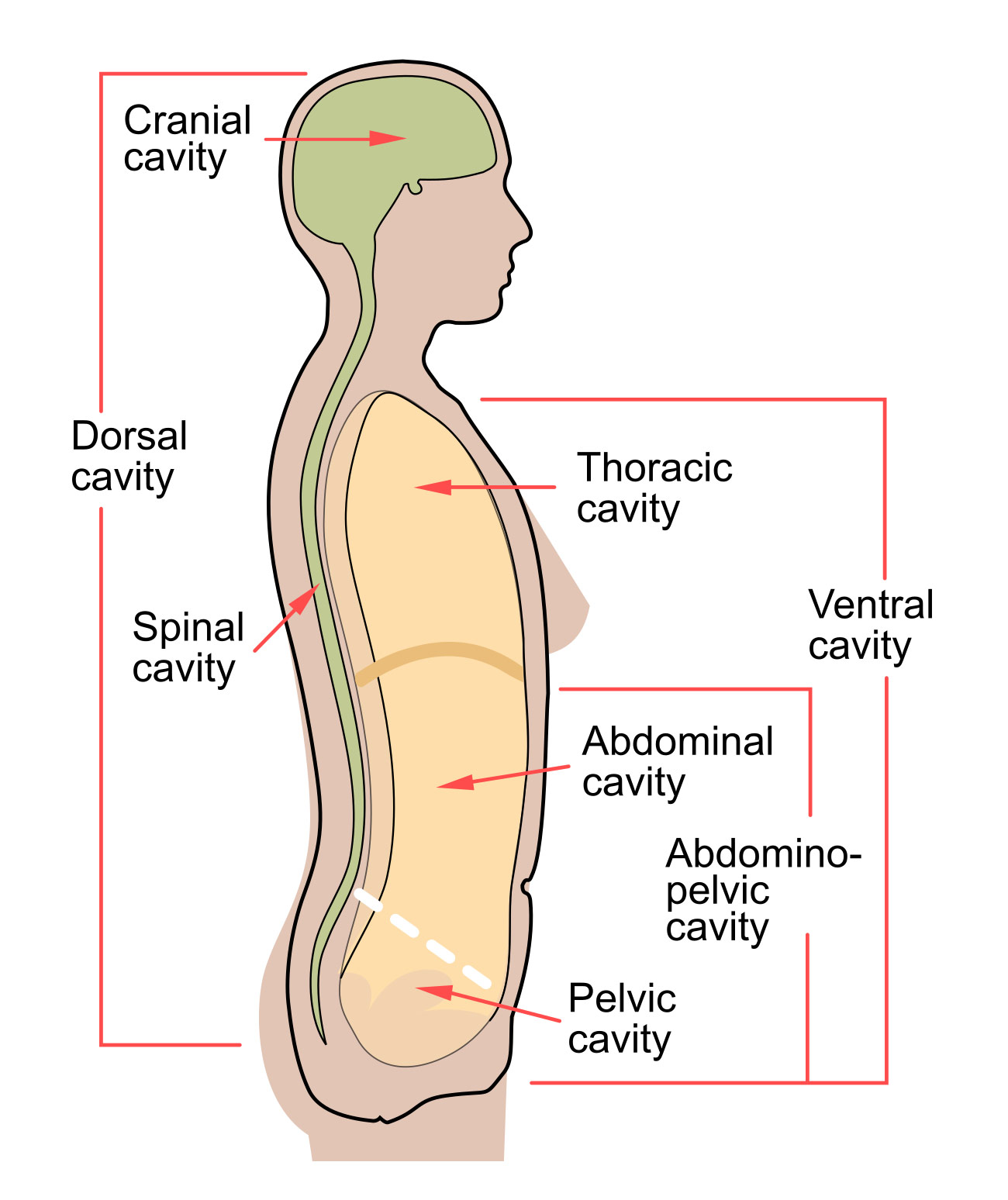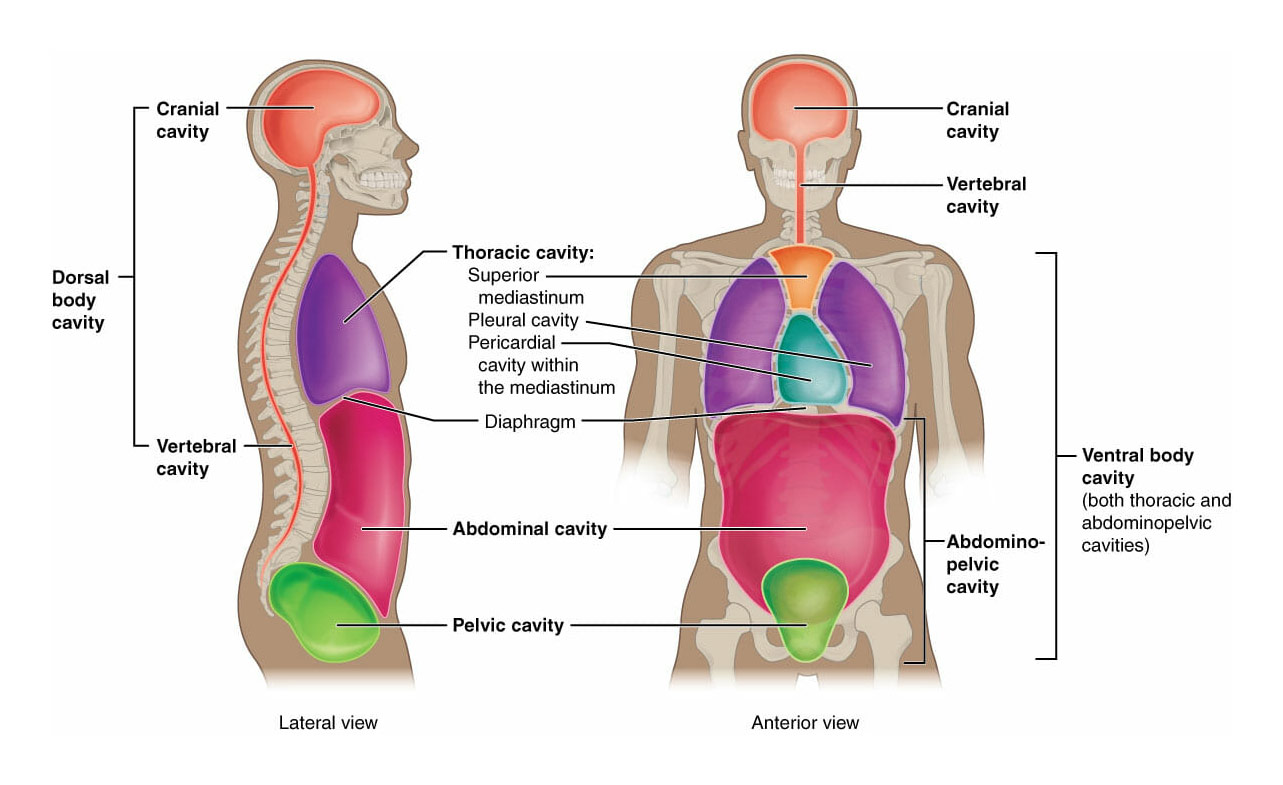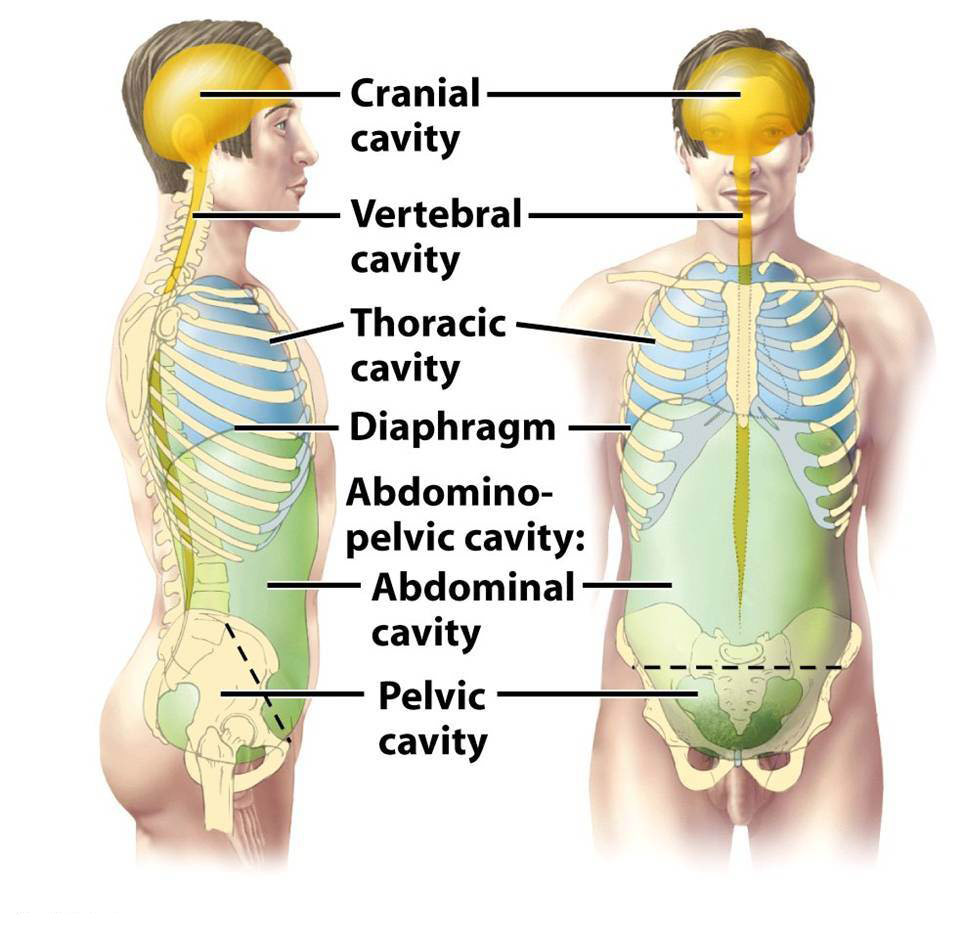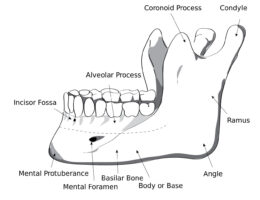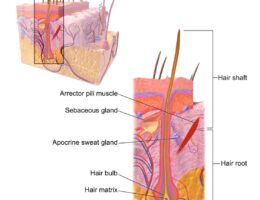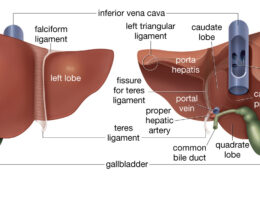The human body contains several cavities that house various organs and tissues. A labeled diagram of the body cavities may include the following parts:
- Cranial cavity: This cavity is located within the skull and houses the brain.
- Vertebral canal: This cavity is formed by the vertebrae and contains the spinal cord.
- Thoracic cavity: This cavity is enclosed by the rib cage and contains the heart and lungs.
- Pleural cavities: These are two spaces on either side of the thoracic cavity that contain the lungs.
- Pericardial cavity: This is a small space within the thoracic cavity that contains the heart.
- Abdominal cavity: This cavity is located below the diaphragm and houses the digestive organs, such as the stomach, liver, pancreas, and intestines.
- Pelvic cavity: This cavity is located below the abdominal cavity and houses the reproductive organs, urinary bladder, and rectum.
Each cavity has a specific function and protects the organs and tissues within it. The cranial cavity protects the brain, while the vertebral canal protects the spinal cord. The thoracic cavity contains and protects the heart and lungs, and the abdominal and pelvic cavities contain and protect the digestive and reproductive organs. Understanding the location and function of these body cavities is essential for diagnosing and treating medical conditions related to these organs and tissues.
